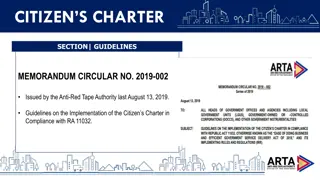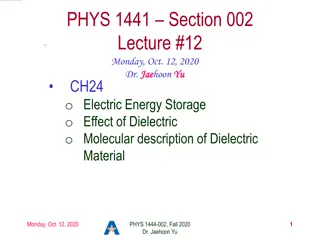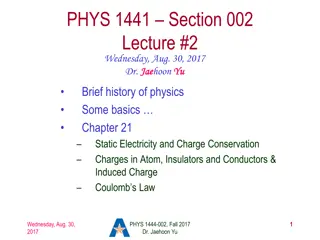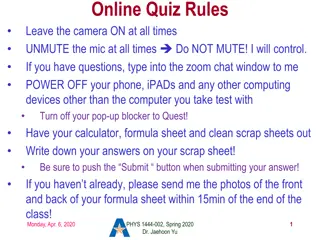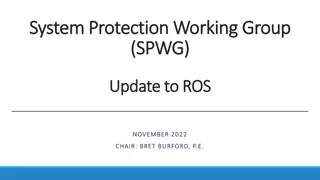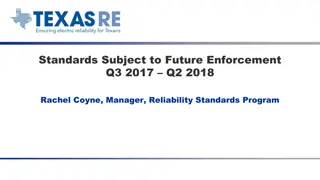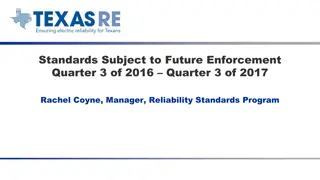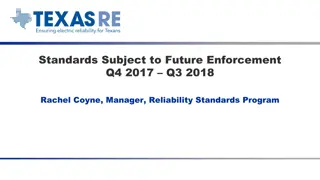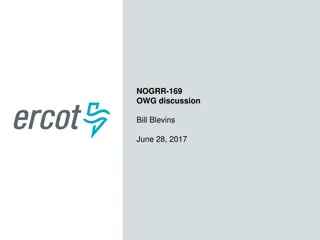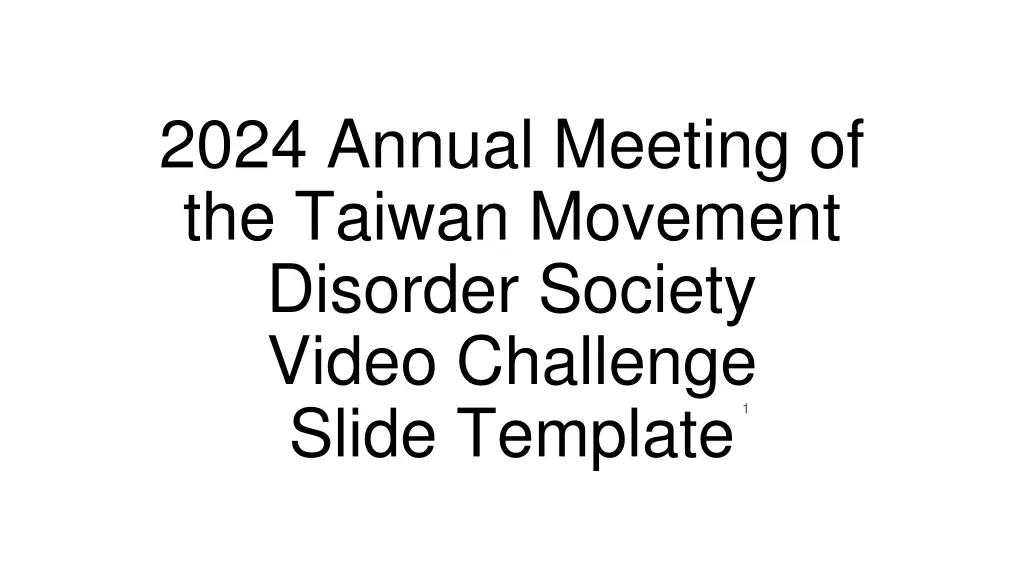
Taiwan Movement Disorder Society Annual Meeting 2024
Explore the case of a 20-year-old lady with progressive spasticity gait, dysarthria, and cognitive decline at the 2024 Annual Meeting of the Taiwan Movement Disorder Society. Delve into the patient's history, family background, and neurological examination findings to understand the unique phenomenology and presentation of this challenging case.
Download Presentation

Please find below an Image/Link to download the presentation.
The content on the website is provided AS IS for your information and personal use only. It may not be sold, licensed, or shared on other websites without obtaining consent from the author. If you encounter any issues during the download, it is possible that the publisher has removed the file from their server.
You are allowed to download the files provided on this website for personal or commercial use, subject to the condition that they are used lawfully. All files are the property of their respective owners.
The content on the website is provided AS IS for your information and personal use only. It may not be sold, licensed, or shared on other websites without obtaining consent from the author.
E N D
Presentation Transcript
2024 Annual Meeting of the Taiwan Movement Disorder Society Video Challenge Slide Template 1
2024 Annual Meeting of the Taiwan Movement Disorder Society Video Tournament A 20-year-old lady with progressive onset of spasticity gait, dysarthria, and cognitive decline for 8 years. Reporter Dr. OOO Advisor Dr. OOO January 20th, 2024 2
Basic information of the patient Chief complaint: progressive cognitive decline, dysphagia and unsteady gait for 8 years born at full term, with normal developmental milestones without history of chronic diseases, surgery or substance use 3
Brief history and presentation Baseline 1.5 years ago 1 year ago 2022 4
Video 6
Question 1: Phenomenology A. B. C. D. 7
Phenomenology Binocular vertical gaze limitation (esp. downward) Spasmodic dysphonia with wet voice Mild dystonic posture of fingers and foot (bilateral) brisk deep tendon reflex of bilateral lower limbs wide base, toe-walking, scissoring gait 8
Neurological Examination No Kayser Fleischer rings Binocular vertical gaze limitation (downward more) Weakness of cheek puffing Cranial Nerves Wasting of bilateral upper limbs proximal muscle Spasticity and dystonia of four limbs Full muscle power of neck and four limbs Motor Bilateral lower limb brisk reflex (knee & ankle) No positive response of Babinski or Hoffman reflex Reflex Symmetric feeling to pinprick/temperature stimulation, vibration, and joint position of trunk and four limbs Sensory 9
Neurological Examination FNF, HKS: No dysmetria rapid alternative movement: dystonic posture tandem gait: Unsteadiness when walking Coordination Symmetry without deviation wide base, toe-walking, scissoring Gait Spasmodic dysphonia, wet voice No reading, naming, repeating, writing difficulty Speech MMSE = 17/30, MoCA = 16/30 mild to moderate intellectual disability No remarkable psychopathological manifestation Cognition (NPT) 10
Question 2: Localization A. B. C. D. 11
Localization Multiple system involvement of frontal/temporal/parietal lobe, pyramidal tract and brainstem 12
Question 3: Differential diagnosis A. B. C. D. E. 13
Differential Diagnosis Autoimmune disorder (e.g. vasculitis, inflammatory disorder) Diffuse infiltrative lesions (e.g. tumor, lymphomatosis) Metabolic disorders Acquired (endocrinology: e.g. thyroid, adrenal disorders) Congenital (inborn error, storage disorder) Wilson disease Neurodegeneration with brain iron accumulation (NBIA) Hereditary spastic paraplegia (HSP) (complicated type) Niemann pick disease (NPC) Other amino acid/glucose/fatty acid/organic acid metabolism disorder 14
Survey laboratory analyses Nutrient/metabolic Vit. B12 Folic acid Homocystein e Lactic acid Ceruloplasmi n Endocrinology hsTSH Free-T4 ACTH Cortisol Autoimmunity ESR D-dimer ANA Anti-ENA RA factor C3 C4 IgG IgA IgM Total protein Electrophores is result reference result reference (pg/mL) (ng/mL) 829 5.9 187-883 3.1-20.5 (mm/hr.) (mg/L FEU) 0.19 (1:N) (ratio) (IU/mL) (mg/dL) (mg/dL) (mg/dL) (mg/dL) (mg/dL) (g/dL) 26 2-15 < 0.56 1:80 (-) > 1.0 < 15.9 90-180 10-40 700-1600 70-400 40-230 6.4-8.9 1:80 (-) 1.27 < 10.60 92.90 26.30 1900 290 85.4 7.2 ( M) 7.88 3.4-15.6 (mM) 1.12 0.5-2.2 (mg/dL) 29.10 result 20-60 reference ( IU/mL) 0.5184 (ng/dL) (pg/mL) ( g/dL) 0.35-4.94 0.70-1.48 7.4-57.3 2.9-17.3 0.93 9.01 4.00 15 polyclonal gammopathy (23.1%)
Survey Examinations EEG: diffuse or bilaterally synchronized slow waves NCV: within normal limits SSEP: normal SEP of both medial and tibial nerves Brain MRI (without contrast): SWI T1 T2 FLAIR 16
Final Diagnosis Niemann-Pick disease type C (NPC) 17
Discussion Niemann-Pick disease type C a rare autosomal-recessive lipid storage disorder (NPC1, NPC2 gene) abnormal endosomal-lysosomal trafficking Symptom vary markedly with age of onset of the disease 18 Geberhiwot T, Moro A, Dardis A, et al. Consensus clinical management guidelines for Niemann Pick disease type C. Orphanet J Rare Dis. 2018;13:50. https://checkrare.com/niemann-pick-disease-type-c/

